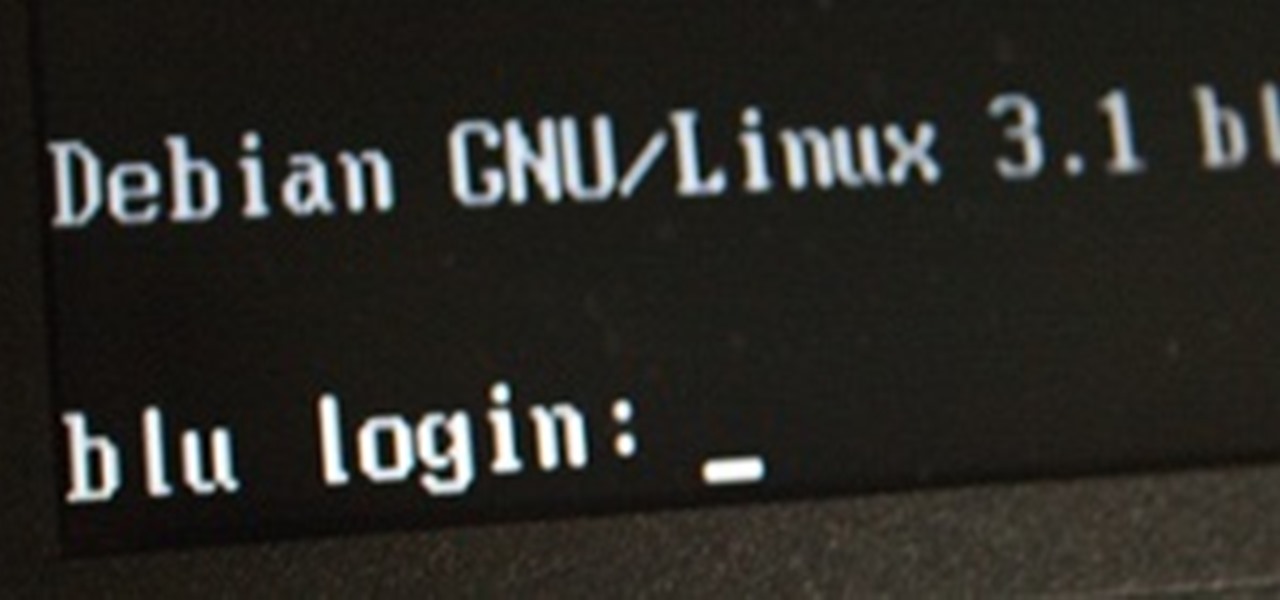
The art of fuzzing is a vital skill for any penetration tester or hacker to possess. The faster you fuzz, and the more efficiently you are at doing it, the closer you come to achieving your goal, whether that means finding a valid bug or discovering an initial attack vector. A tool called ffuf comes in handy to help speed things along and fuzz for parameters, directors, and more.

What is Google Dorking? Well, simply put, "Google Dorking" is just an efficient way to utilise keywords in order to perform very specific searches on a given subject. In this case, one would look for websites/servers that are vulnerable to attacks or are configured improperly by using specific search criteria that should yeild results, should it find matches to known mistakes/errors in a website or webserver.

Last Friday's mission was to accomplish solving HackThisSite, realistic 4. The fourth in a series of realistic simulation missions was designed to be exactly like a situation you may encounter in the real world. This time, we are told "Fischer's Animal Products is a company that slaughters animals and turns their skin into overpriced products which are then sold to rich bastards! Help animal rights activists increase political awareness by hacking their mailing list."

The community here on Null Byte has always been great and helpful in sharing their know-how, even before I took up admin duties in this World. I jumped at the chance of leading Null Byte because I enjoy teaching and informing people on all of the important need-to-know things out there, but more so than that—there is a deeper reason.

Injection is an attack vector that involves breaking out of a data context and switching into a programming context through the use of special characters. These characters are significant to the interpreter being used, but not needed for the general user input being asked for.

Pull up outside any construction site and you'll see tools scattered about—hammers, jigsaws, nail guns, hydraulic pipe benders—these are the tools of the trade. You would be hard-pressed to build a home or office building with just your hands! On that same page, security professionals also have their own go-to tools that they use on the job site, only their job site is your server.

There's never been a better time to learn to code. If picking up this crucial skill has been on your bucket list, the Interactive Learn to Code Bundle can get you up to speed.

Last Friday's mission was to accomplish solving HackThisSite, realistic 2. This second mission in a series of realistic simulation missions was designed to be exactly like situations you may encounter in the real world, requesting we help a friend take down a racist hate-group website.

Are you the expert hacker we're looking for? Do you have a great idea for an article on Null Byte? Do you have a passion to write, and more importantly... teach?

Some of you might be using Tor to host hidden services, and some of you might not even know what hidden services are. If the latter's you, do not miss this article. Why? Because you can host your websites and services on the I2P darknet. It's safe and secure—it's anonymous.

This morning, I received a message from a friend who was reading a hack log, and she had some questions about the commands used. This got me thinking, as Linux has a ton of commands and some can be archaic, yet useful. We are going to go over everything you need to know to read a hack log and hopefully implant the steps in your head for future use.

Big brother is watching when you're playing around on another system—and big brother is that system. Everything from operating systems to intrusion detection systems to database services are maintaining logs. Sometimes, these are error logs that can show attackers trying various SQL injection vectors over and over. This is especially so if they are using an automated framework like sqlmap that can spam a ton of requests in a short time. More often than not, the access logs are what most amate...

In the first part of this series, we learned about darknets, as well as how they came about. But these patches of forgotten Internet are not the oasis of free information you might think. Despite being hidden—or just harder to come across—these networks are no more safe then anywhere else on the 'clear' Internet. The nature of networking and routing means your location is always known in server logs. It only takes one phone call to your ISP with your IP address to obtain both your physical ad...














